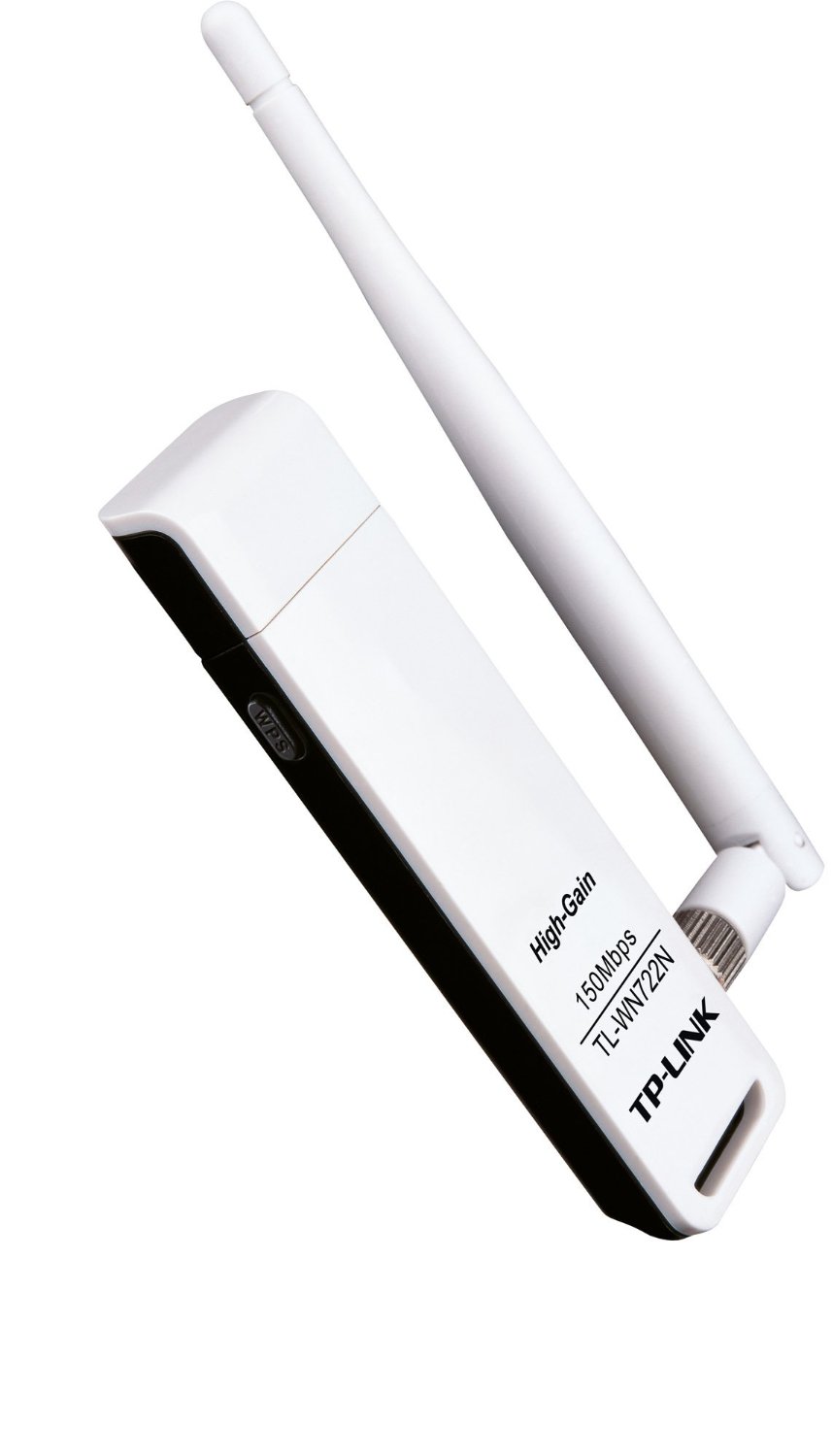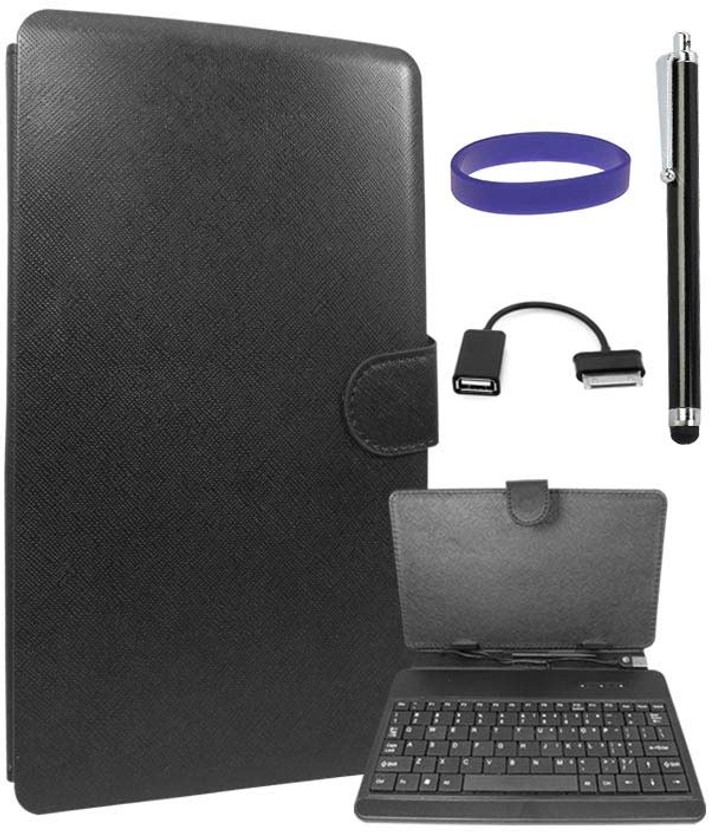- Android Network & Wireless Cards Driver Download For Windows 10 7
- Android Network & Wireless Cards Driver Download For Windows 10 32-bit
- Android Network & Wireless Cards Driver Download For Windows 10 Windows 7
- Android Network & Wireless Cards Driver Download For Windows 10 64-bit
Cx File Explorer is a good, basic file browser. It features a relatively modern UI, all of the basics, and support for many cloud storage services and shared storage servers (FTP, SMB, etc). In Internet Explorer, click Tools, and then click Internet Options. On the Security tab, click the Trusted Sites icon. Click Sites and then add these website addresses one at a time to the list: You can only add one address at a time and you must click Add after each one. Sample android network graph with nodes and edges. Contribute to Giwi/android-network-graph development by creating an account on GitHub.
- Android Basics
- Android - User Interface
- Android Advanced Concepts
- Android Useful Examples
- Android Useful Resources
- Selected Reading

Android Network & Wireless Cards Driver Download For Windows 10 7
Android lets your application connect to the internet or any other local network and allows you to perform network operations.
A device can have various types of network connections. This chapter focuses on using either a Wi-Fi or a mobile network connection.
Checking Network Connection
Before you perform any network operations, you must first check that are you connected to that network or internet e.t.c. For this android provides ConnectivityManager class. You need to instantiate an object of this class by calling getSystemService() method. Its syntax is given below −
Once you instantiate the object of ConnectivityManager class, you can use getAllNetworkInfo method to get the information of all the networks. This method returns an array of NetworkInfo. So you have to receive it like this.

The last thing you need to do is to check Connected State of the network. Its syntax is given below −
Apart from this connected states, there are other states a network can achieve. They are listed below −
| Sr.No | State |
|---|---|
| 1 | Connecting |
| 2 | Disconnected |
| 3 | Disconnecting |
| 4 | Suspended |
| 5 | Unknown |
Performing Network Operations
After checking that you are connected to the internet, you can perform any network operation. Here we are fetching the html of a website from a url.
Android provides HttpURLConnection and URL class to handle these operations. You need to instantiate an object of URL class by providing the link of website. Its syntax is as follows −
After that you need to call openConnection method of url class and receive it in a HttpURLConnection object. After that you need to call the connect method of HttpURLConnection class.
And the last thing you need to do is to fetch the HTML from the website. For this you will use InputStream and BufferedReader class. Its syntax is given below −
Apart from this connect method, there are other methods available in HttpURLConnection class. They are listed below −
| Sr.No | Method & description |
|---|---|
| 1 | disconnect() This method releases this connection so that its resources may be either reused or closed |
| 2 | getRequestMethod() This method returns the request method which will be used to make the request to the remote HTTP server |
| 3 | getResponseCode() This method returns response code returned by the remote HTTP server |
| 4 | setRequestMethod(String method) This method Sets the request command which will be sent to the remote HTTP server |
| 5 | usingProxy() This method returns whether this connection uses a proxy server or not |
Example
The below example demonstrates the use of HttpURLConnection class. It creates a basic application that allows you to download HTML from a given web page.
To experiment with this example, you need to run this on an actual device on which wifi internet is connected .
| Steps | Description |
|---|---|
| 1 | You will use Android studio IDE to create an Android application under a package com.tutorialspoint.myapplication. |
| 2 | Modify src/MainActivity.java file to add Activity code. |
| 4 | Modify layout XML file res/layout/activity_main.xml add any GUI component if required. |
| 6 | Modify AndroidManifest.xml to add necessary permissions. |
| 7 | Run the application and choose a running android device and install the application on it and verify the results. |
Here is the content of src/MainActivity.java.
Here is the content of activity_main.xml.
Here is the content of Strings.xml.
Here is the content of AndroidManifest.xml
Android Network & Wireless Cards Driver Download For Windows 10 32-bit
Let's try to run your application. I assume you have connected your actual Android Mobile device with your computer. To run the app from android studio, open one of your project's activity files and click Run icon from the tool bar. Before starting your application, Android studio will display following window to select an option where you want to run your Android application.
Select your mobile device as an option and then check your mobile device which will display following screen −
Now just click on button, It will check internet connection as well as it will download image.
Android Network & Wireless Cards Driver Download For Windows 10 Windows 7
Out would be as follows and it has fetch the logo from internet.
Before you begin
Driver updates for Windows 10, along with many devices, such as network adapters, monitors, printers, and video cards, are automatically downloaded and installed through Windows Update. You probably already have the most recent drivers, but if you'd like to manually update or reinstall a driver, here's how:
Update the device driver
In the search box on the taskbar, enter device manager, then select Device Manager.
Select a category to see names of devices, then right-click (or press and hold) the one you’d like to update.
Select Search automatically for updated driver software.
Select Update Driver.
If Windows doesn't find a new driver, you can try looking for one on the device manufacturer's website and follow their instructions.
Android Network & Wireless Cards Driver Download For Windows 10 64-bit
Reinstall the device driver
In the search box on the taskbar, enter device manager, then select Device Manager.
Right-click (or press and hold) the name of the device, and select Uninstall.
Restart your PC.
Windows will attempt to reinstall the driver.

More help
If you can't see the desktop and instead see a blue, black, or blank screen, see Troubleshoot blue screen errors or Troubleshoot black or blank screen errors.
